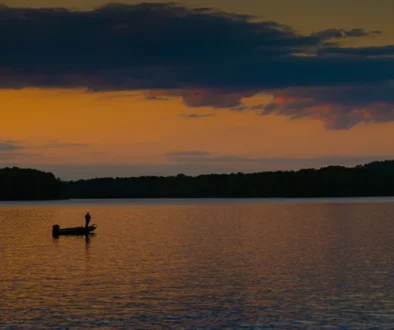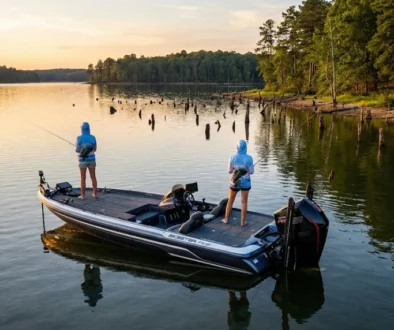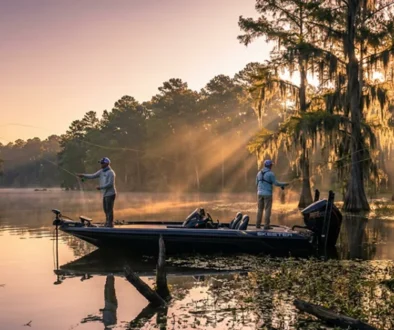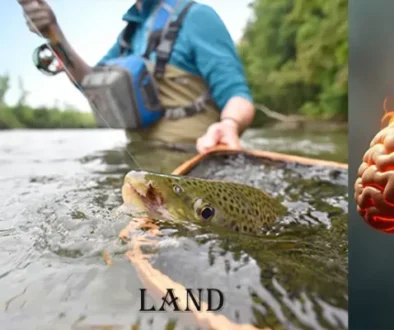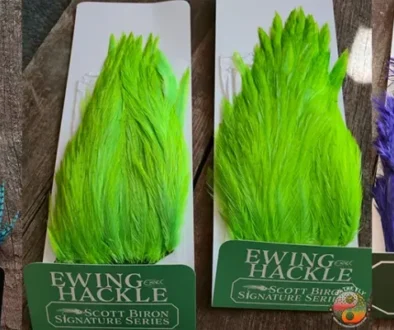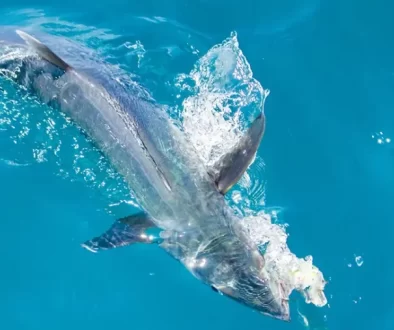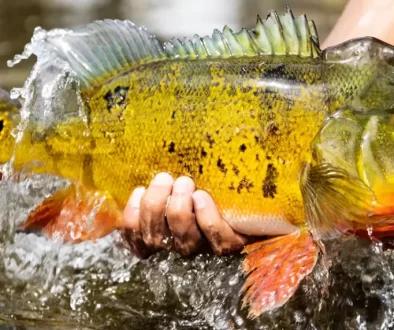Fly Fishing for Panfish: Tips, Tricks and Prime Locations
Have you ever marveled at the balletic dance of a dragonfly skimming over water’s surface, dodging hungry fish with acrobatic precision? Well, imagine if that was your fly on the end of your line. Welcome to Fly fishing for panfish.
Perhaps you’ve felt the thrill as a small bluegill or crappie bursts from its aquatic stage to snap up an unsuspecting insect. The explosive energy encapsulated in these moments is what we chase after every time we wade into our favorite fishing spot.
This isn’t just about landing big trophy trout or bass; it’s about reconnecting with nature and finding joy in simplicity. And trust me, there’s nothing quite like seeing a panfish break the surface tension to snatch up your well-placed dry fly. This is where I began my fishing career. Catching Bluegill, Sunfish, and perch. In farm ponds to sitting in a row boat with my grandfather on Lake Erie and Huron. Or floating and wade fishing the AuSable, Pere Marquette, and Manistee. How little I realized that those moments would be some of the best.
We’re diving into techniques, gear choices and how they can significantly impact your overall experience. So, let’s explore this fascinating world together!
Table of Contents
Understanding Panfish and Their Behavior
If you’re looking to have a fun day on the water, catching lots of fish with minimal effort, panfish are your ticket. From perch and crappie to bluegill and pumpkinseeds, these little fighters offer an exciting fly fishing experience.
Identifying Different Types of Panfish
The first step towards becoming a proficient panfish angler is understanding what you’re dealing with. Familiarizing yourself with panfish species will help improve your catch rate significantly. Although they might appear comparable upon first glance, each kind possesses distinctive features that make them distinct.
Panfishing offers something for everyone due to the wide variety of species available in most bodies of water across North America. So whether it’s targeting feisty bluegills or hunting elusive crappies, there’s always a new challenge waiting for adventurous anglers.
Understanding Panfish Feeding Habits
Much like their trout cousins in mountain streams or discerning saltwater game fish like tarpon, panfish are opportunistic feeders who take advantage when food items become readily available – this could be anything from tiny aquatic insects and nymph patterns up to small streamers mimicking minnows or even terrestrial insects falling from overhanging trees.
You can increase your chances by paying close attention to their feeding habits throughout the day; early mornings often provide perfect opportunities as many species tend to move into shallows when temperatures rise above 60 degrees Fahrenheit during spawning seasons. You may also find larger specimens lurking near structure such as submerged logs where smaller prey hideout making short casts using sinking flies potentially very productive.
Panfish On The Fly is a great resource to dive deeper into understanding the behavior of these intriguing fish species.

Graphic Bass Fishing Hoodie Performance Outdoor Apparel
Fishing Hoodies with UPF-50 Sun Protection. Poppers are a great panfish pattern for fly fishing.
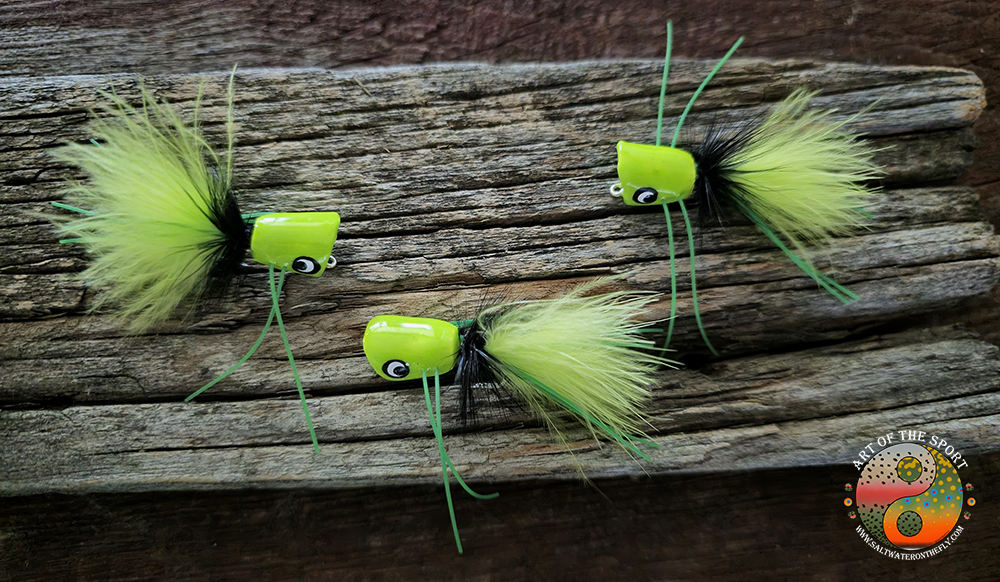
Chartreuse Black Popper
The more you know about panfish, their habits and preferred food items – be it dragonfly nymphs or tiny frogs – the better prepared you’ll be to catch them. Just like any other form of fly fishing, success with panfish often comes down to presenting the right fly in the right way at the right time.
Starting in the spring. Recognizing the signs of their migration can help you position yourself for a successful catch. It’s not just about casting your line; it’s also about understanding and anticipating these fish behaviors.
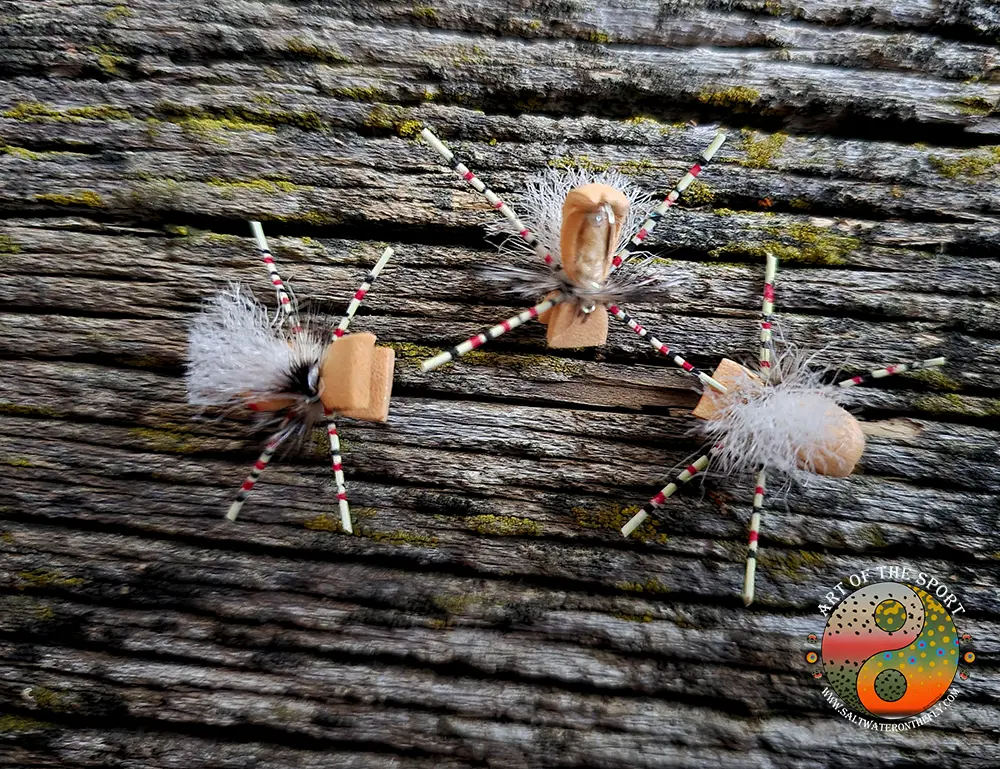
Tan Fat Albert Size 14 is a Great Panfish Fly Pattern
The Nine Foot-Six Weight Fly Rod has the sensitivity for panfish on the fly. And versatile enough for bass on the fly. I’ve caught lots of trout on this fly rod as well.
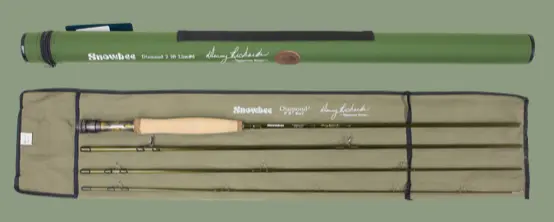
Nine Foot-Six Weight Fly Rod For Panfish on the Fly
Essential Gear for Panfish on The Fly
For successful panfish on the fly, having the right gear is essential. But don’t fret – getting your hands on these tools is easier than hooking a big bluegill during an early morning cast.
Choosing Your Fly Rod and Other Tools
The first item you need in your arsenal is a good fly rod. You might be thinking that you’ll need some specialized equipment designed exclusively for panfish but guess what? Any trout rod will do just fine. That’s because panfish aren’t too picky or discerning like their trout cousins, which gives us more room to play around with our tackle choices.
If there’s one thing I’ve learned from years of fly fishing for panfish adventures, it’s that simplicity often trumps complexity when choosing gear. In addition to your rod, all you really need are a few essentials: fly line, leader, tippet and forceps for those tricky hook removal situations.
Apart from this essential hardware setup, another key tool in any angler’s kit should be the trusty ‘fly box’. It sounds fancy but it doesn’t have to be – even a small box can hold quite the wide variety of flies needed to catch fish. Ideal boxes are minimalist and fit snugly into shirt pockets; no fuss involved.
Filling Up Your Fly Box
Packing up your tiny armory may seem daunting at first due to such large fish varieties available out there. Fear not though – I’m here with help straight from my own experiences along countless water bodies.
“In every fly shop across America, there’s a bewildered newbie staring wide-eyed at rows of colorful fly boxes. Don’t be that guy.”
While the number of different flies available may seem overwhelming, it’s actually easier than you think to build an effective collection for fly fishing panfish. Your box should contain a good mix of topwater and subsurface patterns – I’ve had luck with everything from wooly buggers and nymph patterns like hares ear’s, flashback pheasant tail nymphs to terrestrial insects such as tiny frogs or even dragonfly nymphs.
When fly fishing for panfish, don’t stress about fancy gear. A good trout rod and essentials like fly line, leader, tippet and forceps will do the trick. Keep your ‘fly box’ simple yet diverse with topwater and subsurface patterns to cover a wide range of fish varieties.
Selecting Flies for Successful Panfish Fly Fishing
When it comes to angling for panfish, the correct choice of flies can be decisive in determining whether you have a fruitful outing or return home with nothing. Fear not, for I am here to guide you. With years of fly-fishing experience under my belt, let’s dive into what makes certain patterns more effective than others.
Topwater Fly Patterns for Panfish
Fly fishing topwater is a thrill unlike any other; seeing that surface explosion as a big bluegill attacks your dry fly will get your heart racing every time. Topwater patterns such as Triangle Bugs and foam bugs have proven their worth in attracting these feisty fish. These favorite flies mimic food items like terrestrial insects which panfish just can’t resist.
The key here is making short casts near overhanging trees or vegetation where these hungry critters love to hang out during early mornings or late evenings when they’re most active. Remember though, not all waters are created equal so always keep an eye on water conditions and adjust accordingly.
Check out some cool topwater patterns here.
Subsurface Fly Patterns for Panfish
Beyond the surface lies another world of opportunities with subsurface fly patterns including nymphs, wet flies, and streamers. While not quite as visually exciting as watching that explosive top-water take down from our finned friends, there’s something satisfying about feeling that tug on the line while you’re working a sinking fly through deeper water sections where larger fish tend to lurk around. Nymphs like hares ear nymph (or its wooly worm cousin) do an excellent job imitating aquatic insects – one of main meals on menu for panfish.
Wet flies and small streamers can mimic a wide variety of food items from tiny frogs to dragonfly nymphs. And if you’re feeling adventurous, give the wooly bugger a shot – it’s my go-to fly when panfish get finicky.
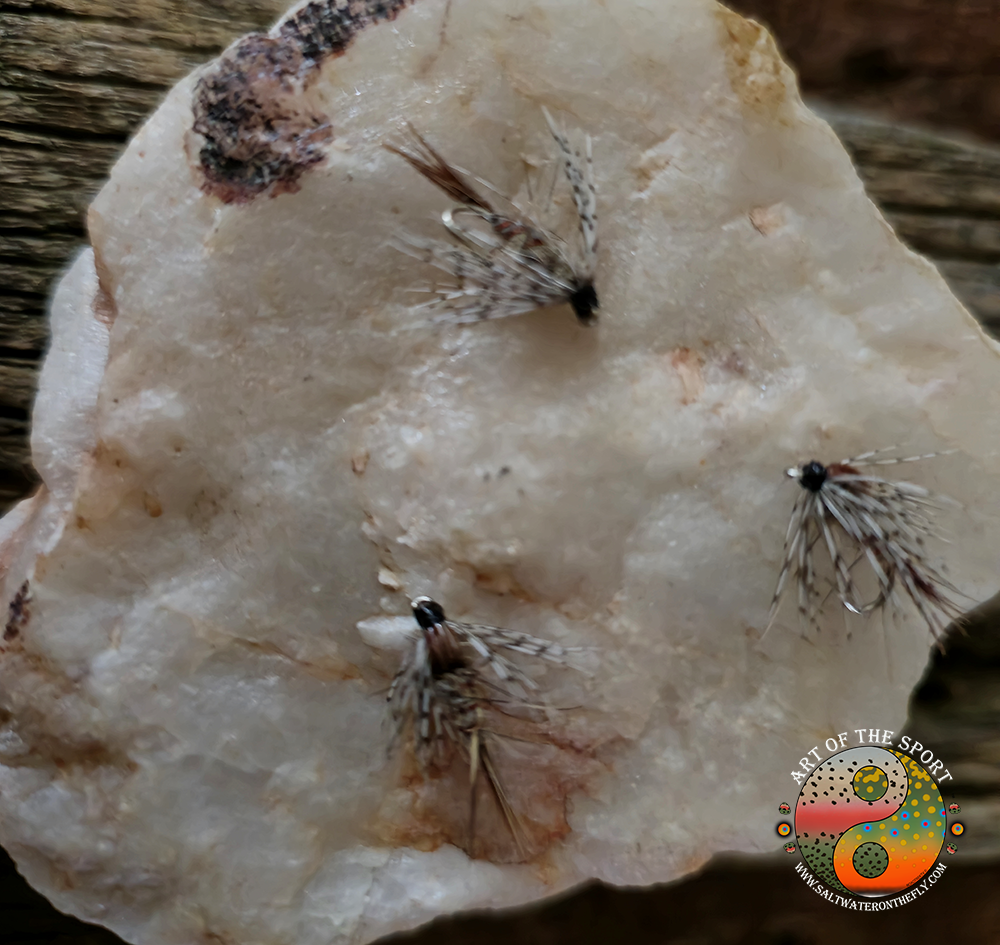
Pheasant Tail Soft Hackle
Panfish on the fly I use Spectre XS-PLus Distance Fly Line.
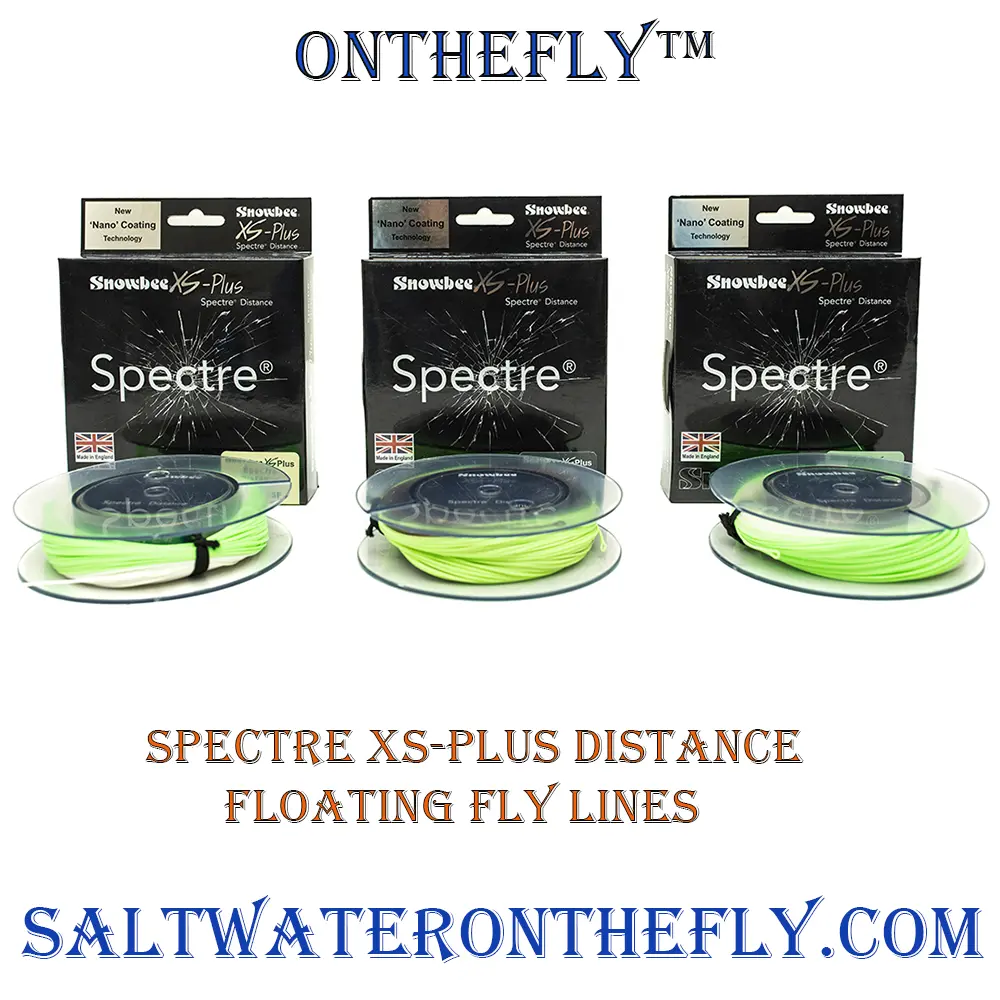
Spectre Fly Line for Panfish Fly Fishing
Dive in and check out a variety of powerful subsurface patterns. It’s an intriguing journey into the depth, promising exciting discoveries.
Choosing the right flies is crucial for successful panfish on a fly. Topwater patterns like Triangle Bugs and foam bugs, which mimic terrestrial insects, can attract hungry panfish during early mornings or late evenings near overhanging trees. For subsurface fishing, nymphs, wet flies and streamers are your best bet to lure larger fish lurking in deeper waters.
Techniques for Successful Fly Fishing for Panfish
When it comes to fly fishing, panfish provide a perfect opportunity for both beginners and seasoned anglers. Before you start fishing, it’s important to know which flies will best attract panfish.
Fly Selection is Key
The first step in successful panfish fly fishing involves choosing the right flies. Because panfish eat a wide variety of food items from tiny frogs to aquatic insects, your choice should reflect their diverse diet. A dry fly designed with bright colors can mimic terrestrial insects and lure fish towards the surface.
If they aren’t biting at the topwater action fly though, don’t fret. You might just need to switch things up and use sinking flies or nymph patterns like hares ear nymphs, which imitate underwater food sources. With this tactic, make sure you’re paying close attention to any sudden movements on your strike indicator – that could be a hungry bluegill.
Movement Matters
A still fly isn’t as tempting as one that’s moving because most small fish are attracted by movement rather than color alone. To get those big bluegills interested in what’s at the end of your line, keep your wooly bugger or other weighted wet fly in constant motion with slight taps on your rod tip.
This strategy makes them look alive and irresistible. In fact according to our Guided Trips statistics, tapping adds so much life-like action that it increases strikes significantly.
Pick Your Spot Wisely
Casting under an overhanging tree or next to a submerged log can be productive. Panfish often congregate around structures where they find shelter and food. It may seem tricky initially, but with some practice you’ll get the knack of it.
Remember though, fish aren’t always found in the same place throughout the day – early morning and late afternoon are usually when panfish feed closer to shorelines whereas during midday they tend to retreat deeper into cooler waters.
Successful fly fishing for panfish involves the right techniques. Start with selecting diverse flies that mimic their food items, from topwater to underwater. If they aren’t biting, switch it up. Movement attracts these fish, so keep your wet fly in constant motion by tapping on your rod tip. Lastly, remember to cast near structures where panfish like to hang out and make sure you adjust your strategy based on the time of day.
Best Locations for Fly Fishing Panfish
Fly Fishing for Panfish offers an amazing opportunity to connect with nature while enjoying the thrill of the catch. But knowing where to find these feisty little swimmers can make your experience even more rewarding.
Identifying Prime Panfish Locations
Finding a prime panfish spot is often about understanding their habitat and behaviors. For instance, early mornings on trout streams or mountain streams can provide a perfect opportunity for fly fishing panfish.
Panfish are drawn to structure – they like places where they feel safe but still have access to food items such as aquatic insects and tiny frogs. Look directly off the shoreline in areas with small rocks, submerged logs, overhanging tree limbs, points along shorelines, and vegetation. Check out this schedule of possible trips to take.
A good rule of thumb when searching for panfish locations: if it looks fishy (meaning there’s plenty of cover), then there probably are fish hiding out.
In fact, a wide variety of environments could be potential gold mines for panfish anglers. Ponds filled with lily pads? Absolutely. Lakes with fallen trees in them? Yes please. Rivers dotted by rock formations? Definitely worth exploring.
You don’t need special permission from Neptune himself or a divining rod dipped in mermaid tears; just keep close attention on waters teeming with life—where birds swoop down frequently—that’s likely an excellent location full of eager-to-bite bluegills and crappies.
Early mornings also offer more than just big bluegills – they give you tranquil surroundings where you can cast long or short casts in peace while enjoying nature’s morning chorus.
Discovering prime panfish locations involves understanding their habits and habitats. Early mornings on trout or mountain streams can be ideal for fly fishing. Panfish favor areas with structure like small rocks, submerged logs, overhanging limbs, shorelines points, and vegetation. Keep an eye out for lively waters where birds frequently swoop – these are likely excellent spots teeming with active aquatic life that make them a panfish paradise.
Common Mistakes to Avoid When Fly Fishing for Panfish
Fly fishing for panfish can be a delightful pastime, but it’s not without its pitfalls. We’ve all made mistakes when casting our lines, whether we’re beginners or seasoned pros. But fear not. With some attention and care, you can sidestep these common errors.
Mistake 1: Ignoring the Importance of Early Mornings
Panfish are most active during early mornings – that’s when they come out to feed on aquatic insects and tiny frogs near the water’s surface. If you’re not an early bird, I hate to break it to you; fish don’t abide by human schedules.
If your hook isn’t in the water at dawn, chances are you’ll miss a big bluegill breakfast bonanza. Make sure your alarm clock is set and coffee brewed – this one change could transform your catch rate.
Mistake 2: Overlooking The Significance of Small Streamers
A lot of fly fishers overlook small streamers when targeting panfish because they assume these bigger flies might scare off their quarry due to their small size. That’s completely incorrect.
In fact, larger patterns like wooly buggers or dragonfly nymphs often attract larger fish lurking below who fancy themselves as top predators rather than bottom feeders (more about this here). Don’t underestimate what those little guys will go after.
Mistake 3: Neglecting Subsurface Patterns
Sure enough catching panfish on dry flies is exhilarating – there’s nothing quite like seeing them leap from beneath with jaws wide open. Instead of just focusing on the surface, don’t forget to check what’s happening beneath it – that’s where panfish may be feeding.
Often, panfish are feeding below the surface on nymph patterns and wet flies like hares ear nymph or soft hackles. Remember to keep your fly box well-stocked with both topwater lures like panfish poppers and subsurface options for when those fish decide to dine down deep.
Don’t miss the panfish party at dawn, they don’t wait for latecomers. Don’t shy away from small streamers; bigger isn’t always scarier. Diversify your fly box with both topwater flies and subsurface patterns – you never know where the panfish will be dining.
FAQs in Relation to Fly Fishing for Panfish
How do you fish panfish on the fly?
You cast your line, then slowly reel in to mimic a bug or small fish. Adjust your technique based on the panfish’s behavior.
What is the best fly for panfish?
Foam bugs and Triangle Bugs work well as topwater flies. Nymphs, wet flies, and streamers are great subsurface choices.
Can you fly fish for bluegill?
Absolutely. Bluegills bite eagerly at many types of flies making them a fun catch with this method.
What kind of fly line do you use for panfish?
The standard trout rod setup works fine: match weight-forward floating lines to 4-6wt rods for effective casting.
Conclusion of Fly Fishing for Panfish
Fly fishing for panfish is about appreciating the simple joys of nature. It’s learning to read the water, understanding a panfish’s feeding habits, and making that perfect cast.
Remember: A well-stocked fly box isn’t just filled with flies but also knowledge on when to use them. Topwater or subsurface? That’s your call!
Identify prime locations off shorelines where you’ll find small rocks and overhanging trees – those are often teeming with eager panfish.
Avoid common mistakes like using inappropriate gear or poor technique. Instead, let every trip be a chance to learn more and improve your skills.
The world of fly fishing offers an endless adventure waiting at the end of your line – so grab your rod, it’s time fish!

